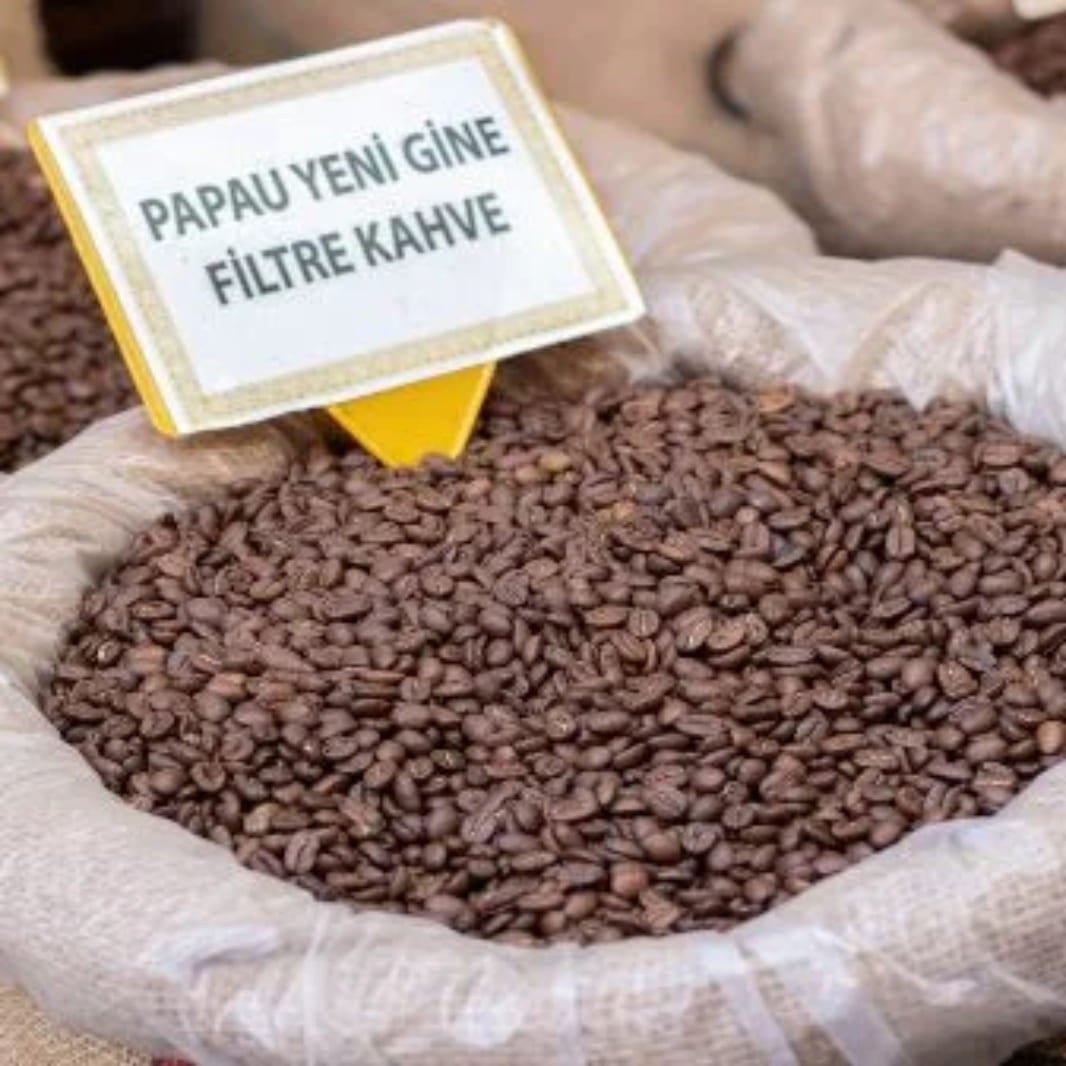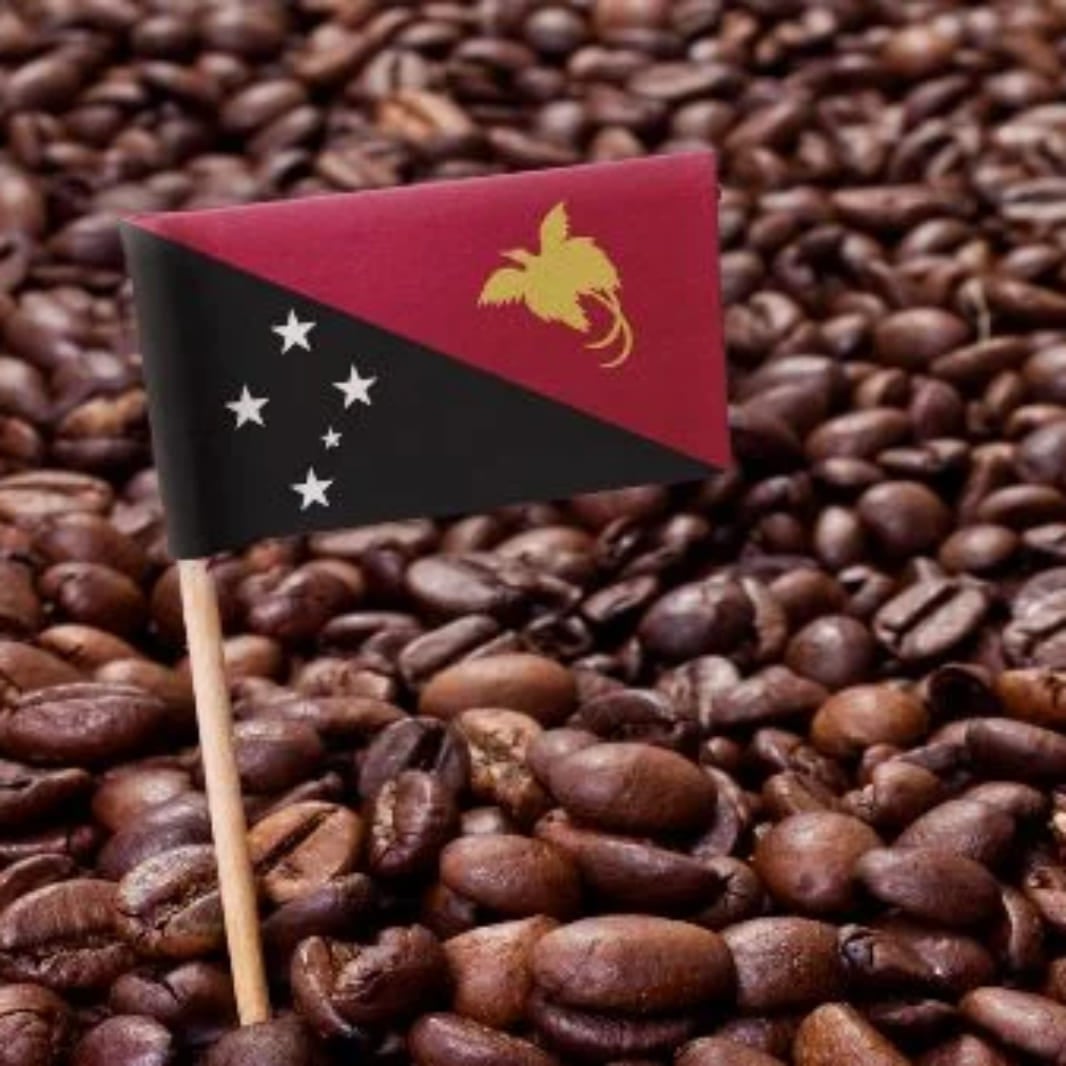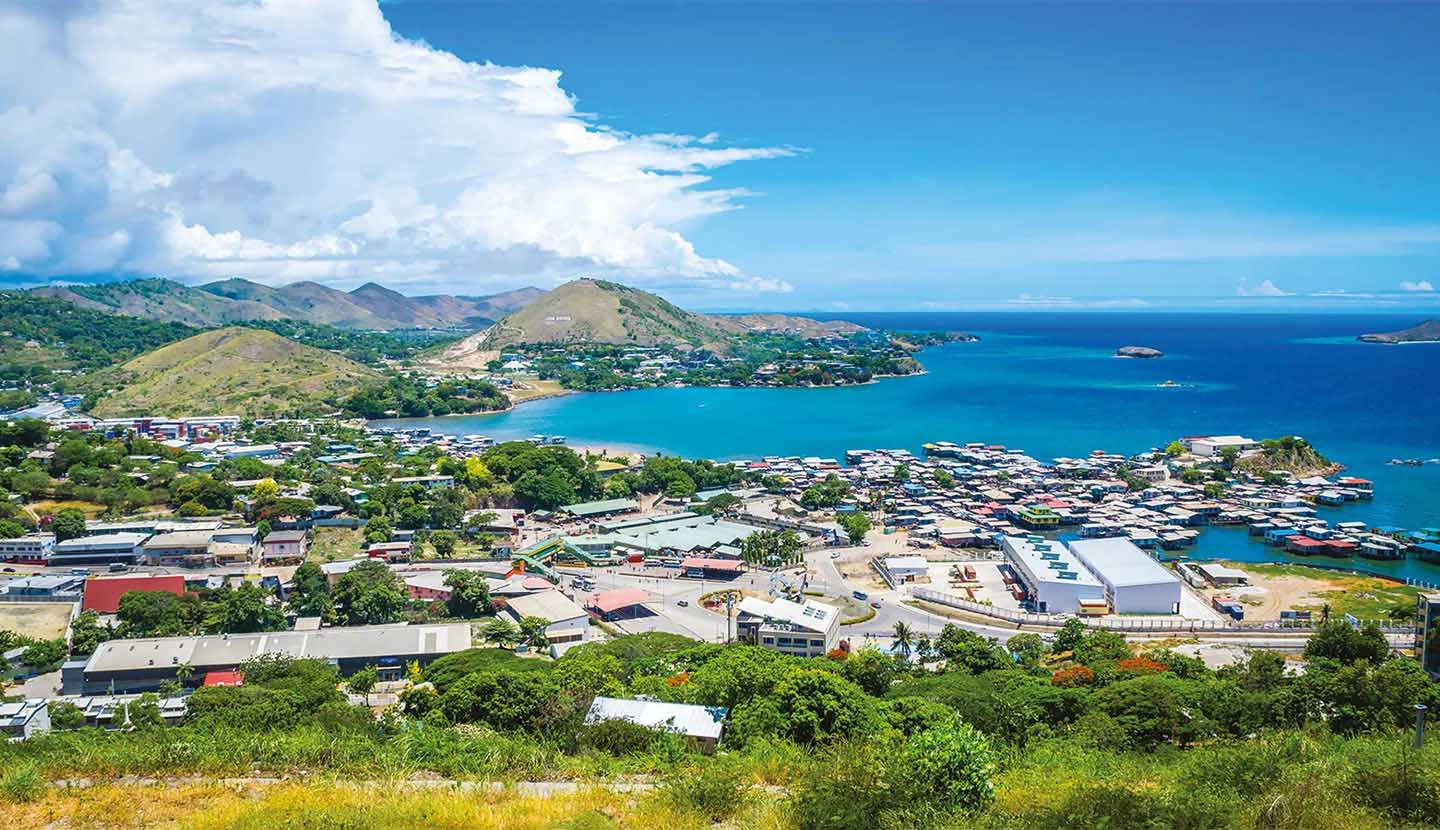History of Papua New Guinea coffee
Late 1800s: coffee comes to the island
Coffee plants first came to Papua New Guinea in the latter half of the 19th century and it was thought to first be grown by Emma Coe Forsayth, or ‘Queen Emma’ as the German colonists affectionately called her. A plantation owner and business woman of both American and Samoan decent, Emma owned both coconut and cocoa plantations in the Kokopo district and it’s highly likely that she worked with her botanist and planter brother-in-law Richard Parkinson to establish coffee plants too.
1920s – 1990s: highs and lows
It wasn’t until the 1920s that commercial coffee production soared and it’s been a bit up and down ever since. There was a huge increase in the 1960s which was due to infrastructure improvements which made coffee easier to transport. The trade continued to be successful into the 1970s due to a slump in the Brazilian coffee market as a result of frost. However, it’s not been plain sailing since. The 1980s saw a coffee boom but many plantation owners fell into debt they couldn’t pay off. It peaked again in the 1990’s, but there was a depression in coffee prices in the late 1990’s.
2000’s – today: challenges and improvements
In recent years, Papua New Guinea coffee has faced further challenges, particularly in the way of theft with larger producers reporting losses of around 50% each year. It’s not all doom and gloom though, a number of movements from both public and private sectors have seen Papua New Guinea’s coffee industry improve once more. These changes have focused on sustainability, soil quality and education for farmers in a bid to improve the coffee coming from the country.
Papua New Guinea coffee growing
Papua New Guinea is a fantastic growing region for coffee thanks to its fertile, volcanic soil and high altitudes. 75% of the coffee grown on the island is in the mountain highlands toward the centre in either the Eastern Highland Province or the Western Highland Province. However, it’s also grown in a much smaller quantity in the lower area of Simbu, located between the two Provinces, but this isn’t as rich in quantity or quality.

Small farms
95% of the coffee produced on the island is from small-holders who own only a couple of hectares of farm, most of which are family gardens! Coffee isn’t the sole crop either with many also growing bananas, papayas and legumes too. Due to the way it’s grown, most of the coffee in Papua New Guinea benefits as there’s limited access to pesticides or agro-chemicals and many farms are certified organic too!
Papua New Guinea coffee flavour
The flavour of Papua New Guinea coffee is rich in body, bright and acidic with subtle earthy tones. Most of the coffee grown in the region are Arabica beans, but some of the lowland areas produce Robusta beans. Wet processing is the most common form of preparation which gives the coffee a bright, clean and balanced flavour.
The coffee which hails from smaller farms tends to see more inconsistencies in flavour, but when it’s done well, it produces blends which are wonderfully complex and unique. Larger estate produced coffee on the other hand is more consistent in terms of flavour as they have access to better resources and equipment.

That’s our guide to Papua New Guinea coffee! Want to continue your journey around the coffee hotspots of the world? Check out our article on Cuban coffee and its culture, next.
Today’s community favourites




